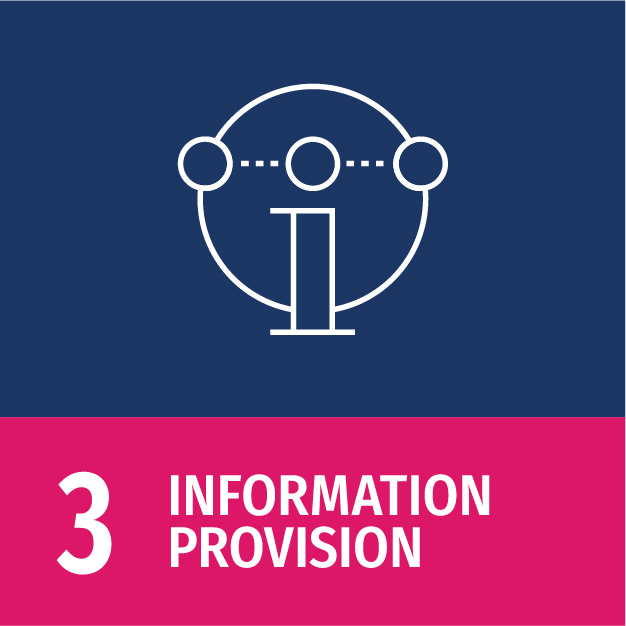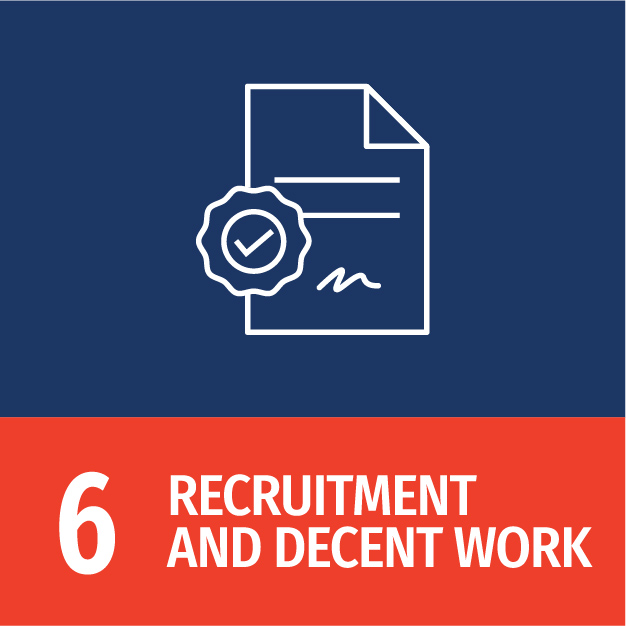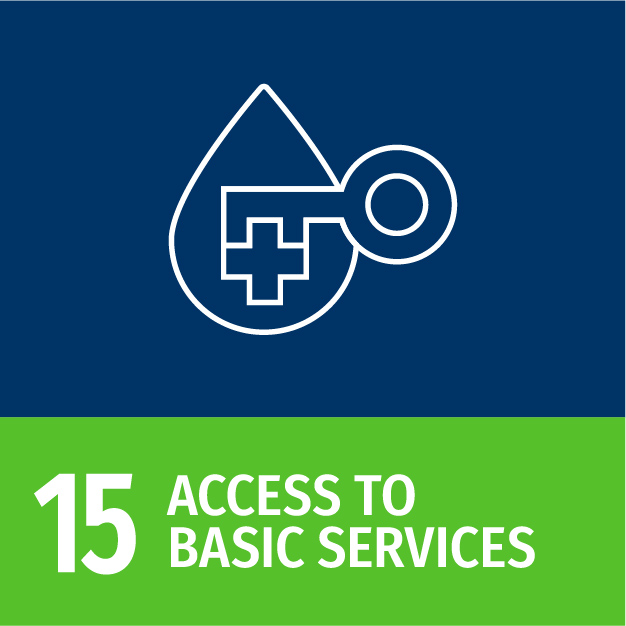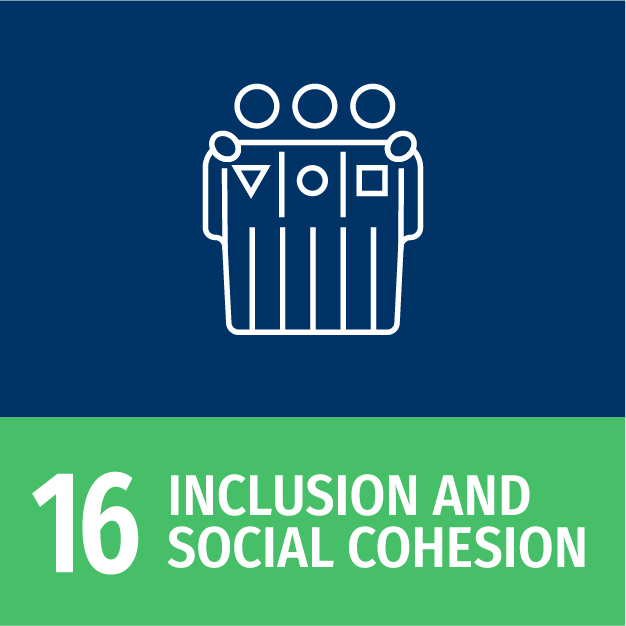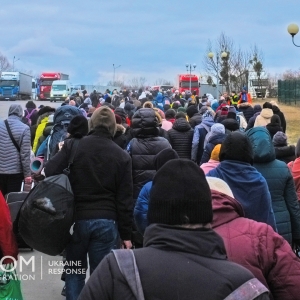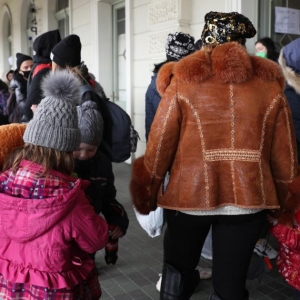
Using mobile phone call detail records to understand refugee integration in Türkiye
Summary
This project aimed to contribute a methodological framework for measuring integration through the lens of spatial and social segregation using mobile phone call detail record (CDR) data. Integration is a complex and gradual legal, economic, social, and cultural process that involves both the settling population and the receiving society. While the nature of this process generally differs from country to country, UNHCR acknowledges the need for standardised indicators that can be used to compare integration across countries and regions, and to assess the success of various efforts. In this case, the joint team of UN Global Pulse and UNHCR analysed CDRs provided by network operator Turk Telekom and provided for a number of instructive insights and visualizations.
Results
Results show how segregation, isolation and homophily (contact with people with many shared similar traits) can be measured by deriving population estimates from CDRs, and how the evolution of refugees’ communication patterns and mobility traces can provide initial insights into their social integration. For instance, one interesting finding was that refugees generally appear to have more heterophilic communications (with people that share few similar traits) than homophiles communications. On the one hand, this reflects high levels of integration; on the other hand, such results could be due to the dependency of refugees on Turkish citizens to satisfy basic needs such as finding housing and employment. Overall, the research team concludes that CDRs have promising potential for improving the design of policies, optimizing resource distribution and allocation, and monitoring social interactions between different population groups.
(Picture: © Turk Telekom)
